 Shutterstock
Shutterstock
When we think of history’s greatest explorers—Magellan charting the oceans, Lewis and Clark trekking the American frontier, or Edmund Hillary conquering Everest—we often picture a compass, a map, and maybe a really dramatic beard. But you know what those journeys were missing? A loyal, fearless, and possibly snack-stealing canine sidekick. Certain dog breeds seem tailor-made for bold adventures and harsh environments. Whether it’s Arctic snow, jungle mud, or treacherous mountain trails, these dogs have the heart, stamina, and sometimes the stubbornness to stick with their human through it all.
Alaskan Malamute
 Shutterstock
Shutterstock
If Ernest Shackleton had an Alaskan Malamute, he might’ve had to share his sled and his wool socks. These powerhouse dogs were bred by the native Inuit people to haul heavy loads over miles of ice and snow. With thick coats, tireless endurance, and a love for teamwork, Malamutes don’t just survive in harsh conditions—they thrive. Their loyalty is unmatched, and while they might occasionally give you a look that says, “Are we there yet?”—they’ll never quit the journey. For any explorer headed into the frozen unknown, a Malamute is a must-have on the expedition crew.
Portuguese Water Dog
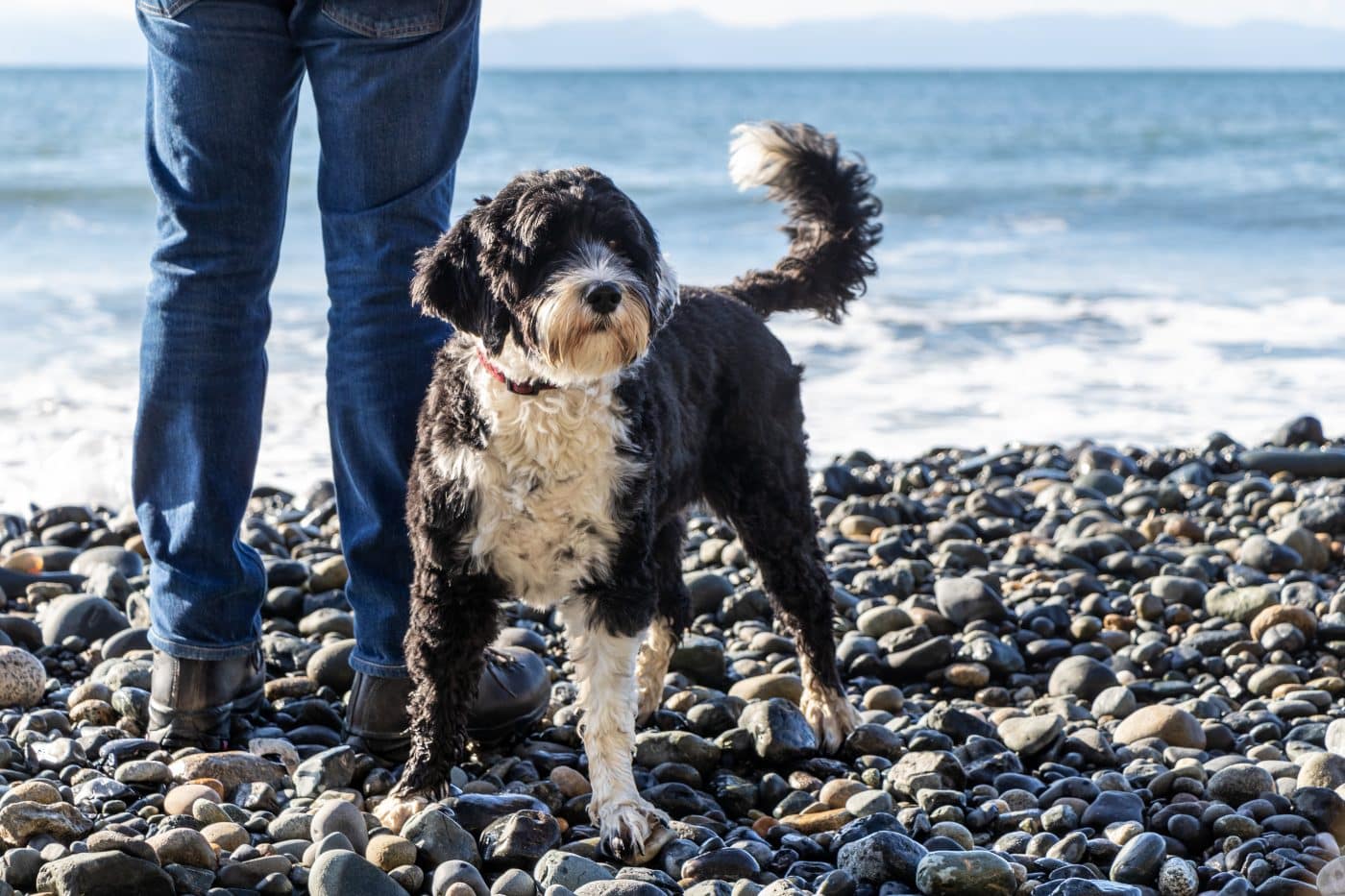 Shutterstock
Shutterstock
If Ferdinand Magellan had taken a dog on his epic sea voyage, the Portuguese Water Dog would’ve been swimming circles around his ship. Bred to help fishermen in Portugal retrieve nets, deliver messages, and even herd fish into traps, this breed is basically the doggy version of a maritime multitool. They’re athletic, intelligent, and totally unfazed by crashing waves. Their curly, water-resistant coat makes them look like a tiny sea captain with excellent hair. It is ideal for seafaring explorers or anyone prone to falling off boats.
Border Collie
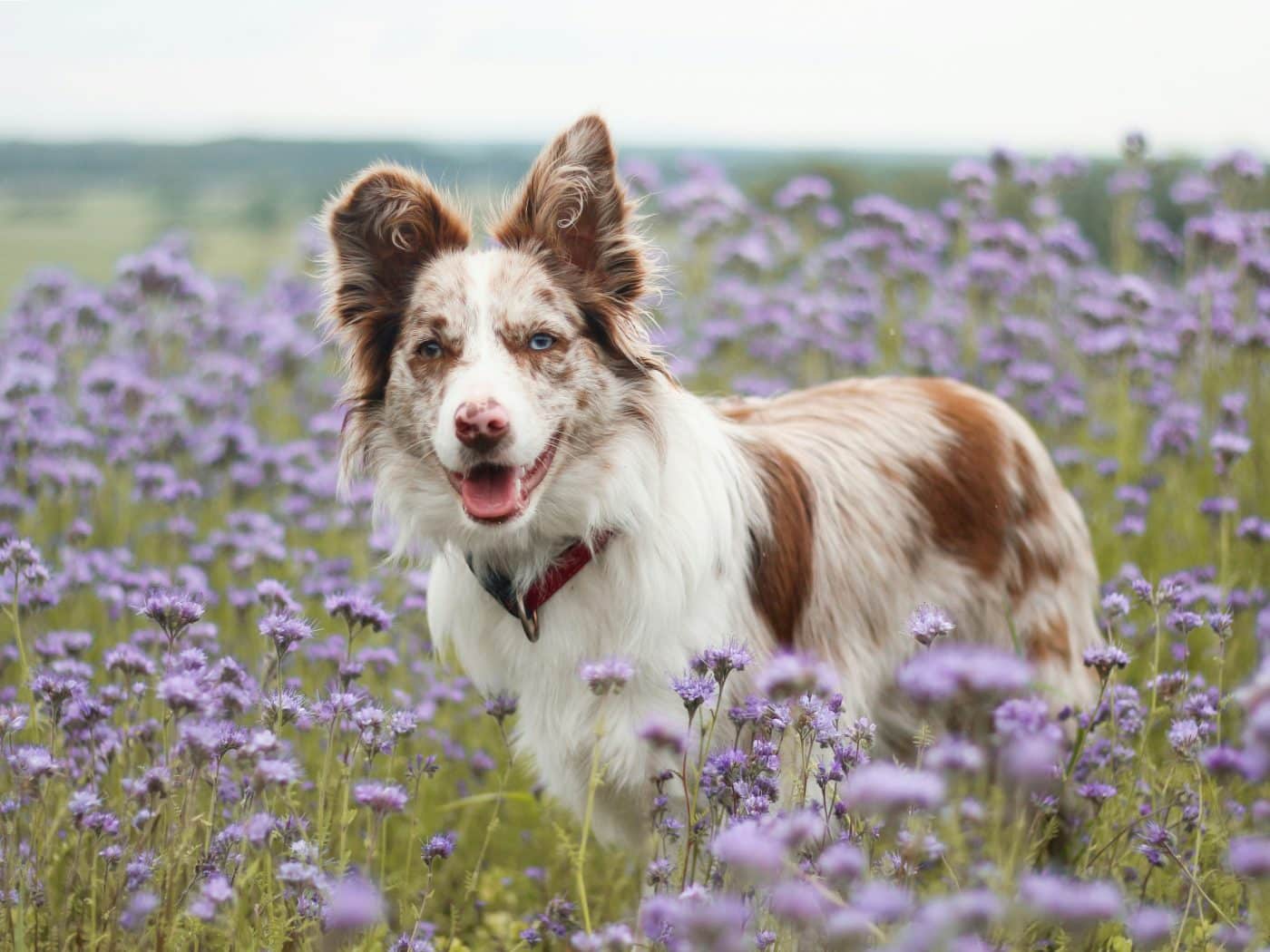 Shutterstock
Shutterstock
If Lewis and Clark had a Border Collie, they might’ve made the trip twice as fast and with significantly better trail organization. These dogs are famous for their intelligence, agility, and hyper-focus. A Border Collie can herd sheep, solve problems, and probably teach you how to use your compass correctly. They’re the perfect companion for land-based expeditions, especially when you need someone to keep your supplies in order and chase off the occasional confused buffalo. Just keep them busy, or they’ll start herding your boots.
Siberian Husky
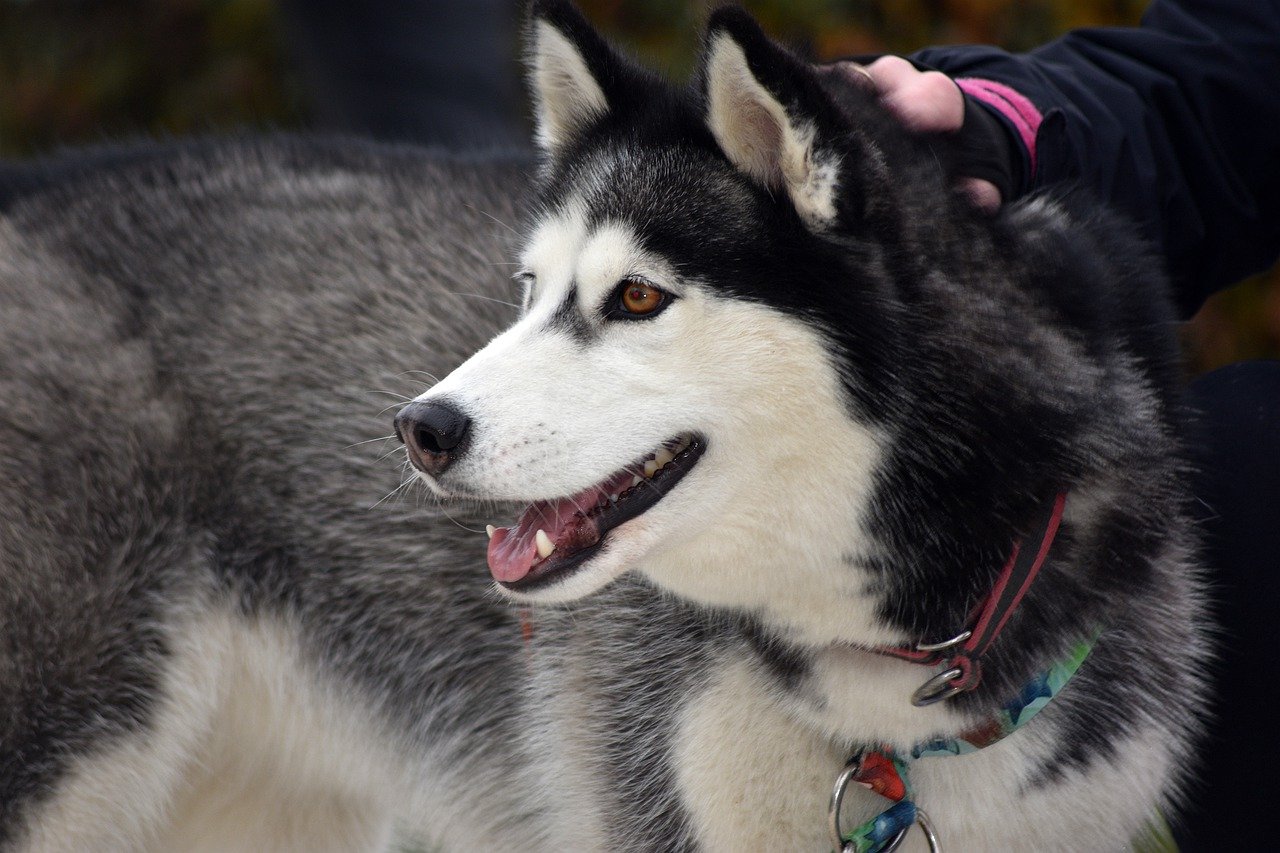 Shutterstock
Shutterstock
Imagine Roald Amundsen, the first person to reach the South Pole, trekking through Antarctica with a team of Siberian Huskies leading the charge. These dogs were literally made for polar exploration, with thick coats, sturdy frames, and a love for long-distance travel in freezing temperatures. They’re born runners with a pack mentality, meaning they thrive when working in teams and pulling sleds for hours on end. Huskies are also notorious escape artists, so maybe don’t let them hold the map—but do trust them to get you through a snowstorm with style.
Australian Cattle Dog
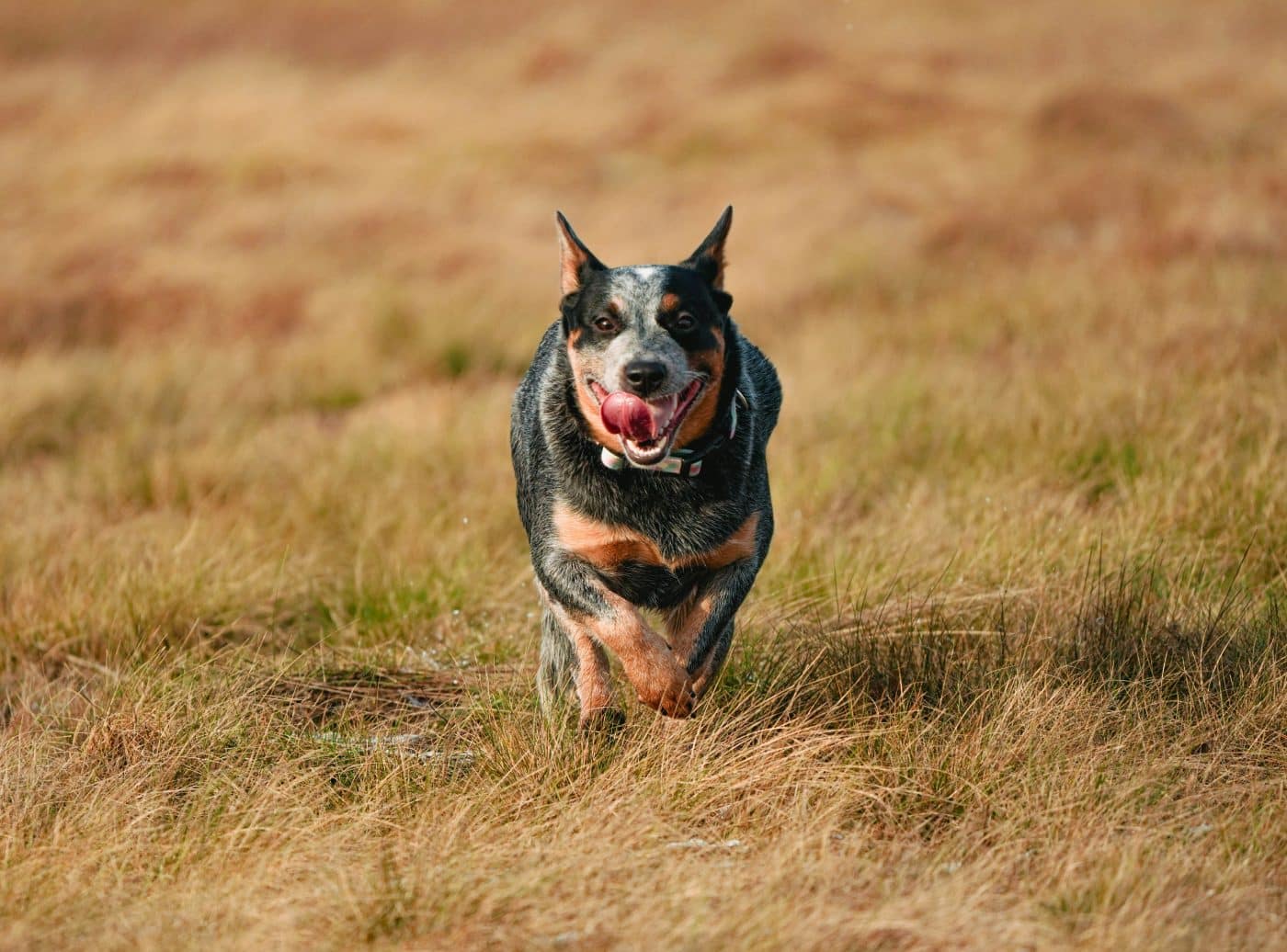 Shutterstock
Shutterstock
Captain James Cook exploring the Australian Outback with an Australian Cattle Dog by his side? Now that’s a dynamic duo. These tough-as-nails dogs were bred to handle extreme heat, long treks, and stubborn livestock. They’re agile, smart, and have an almost comical energy level. If you’re heading into rugged, dusty territory, this dog’s got your back—and your boots if you leave them unattended. They’d have made the perfect scout, tracker, and motivational coach all in one.
Saint Bernard
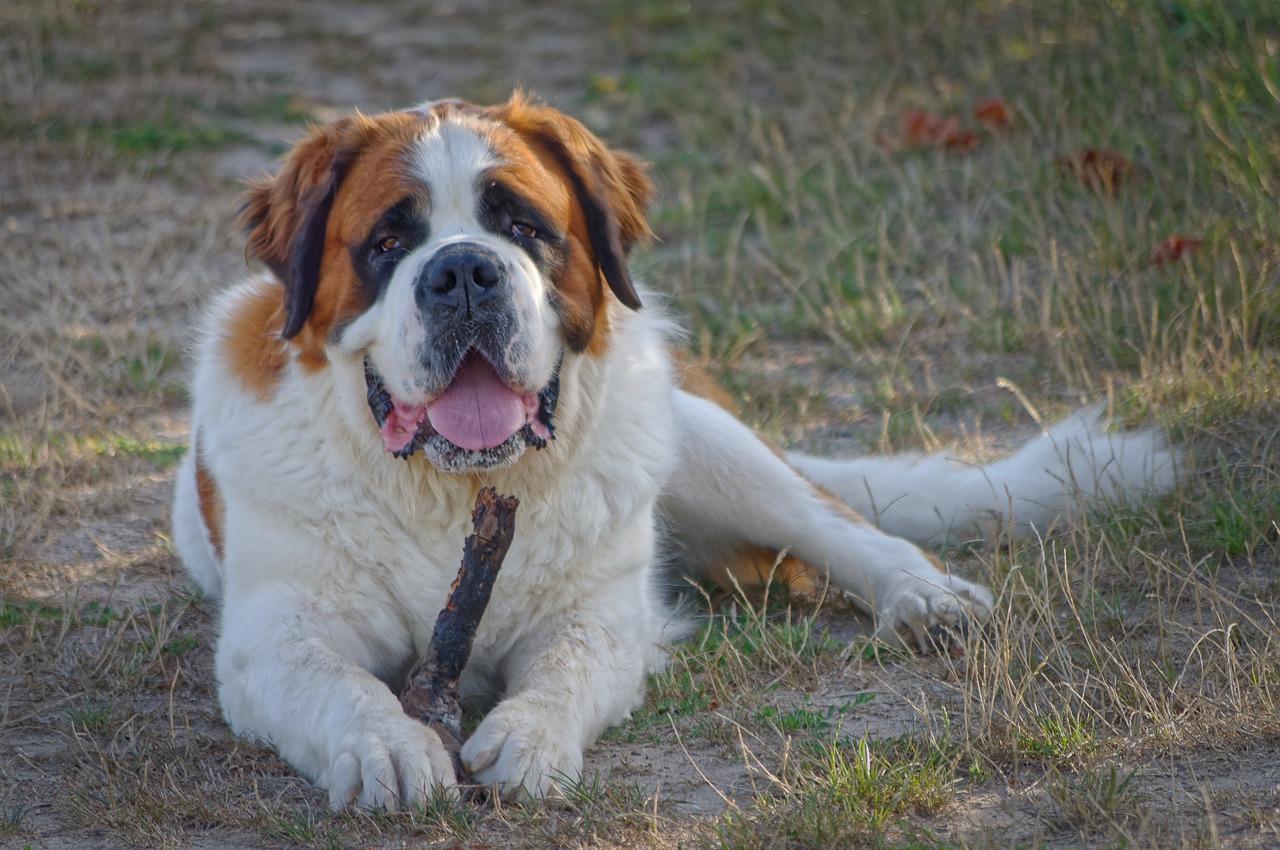 Shutterstock
Shutterstock
The OG alpine rescue dog, Saint Bernards, are the gentle giants that made a name for themselves, saving stranded travelers in the snowy Swiss Alps. If Edmund Hillary had taken one up Everest, he might’ve had to carry the dog partway—but it would’ve been worth it for the cuddles. Saint Bernards are strong, calm, and intuitive, with a knack for sniffing out people buried in snow. Their massive size and shaggy charm make them perfect for mountainous expeditions where danger and chill are part of the package. Also, they might bring you brandy. Or just drool on your boots. Either way, solid teammate.
Belgian Malinois
 Shutterstock
Shutterstock
It would’ve been a Belgian Malinois if Amelia Earhart had a co-pilot with four legs. These dogs are fiercely intelligent, highly trainable, and thrive in high-pressure environments—making them perfect for airborne adventures, high-speed missions, and generally being cooler than you. Used today by military units and elite rescue teams, the Malinois is a go-anywhere, do-anything dog with the stamina to match any explorer’s wild ambition. Warning: they might outwork you, outsmart you, and expect a treat for their troubles.
Newfoundland
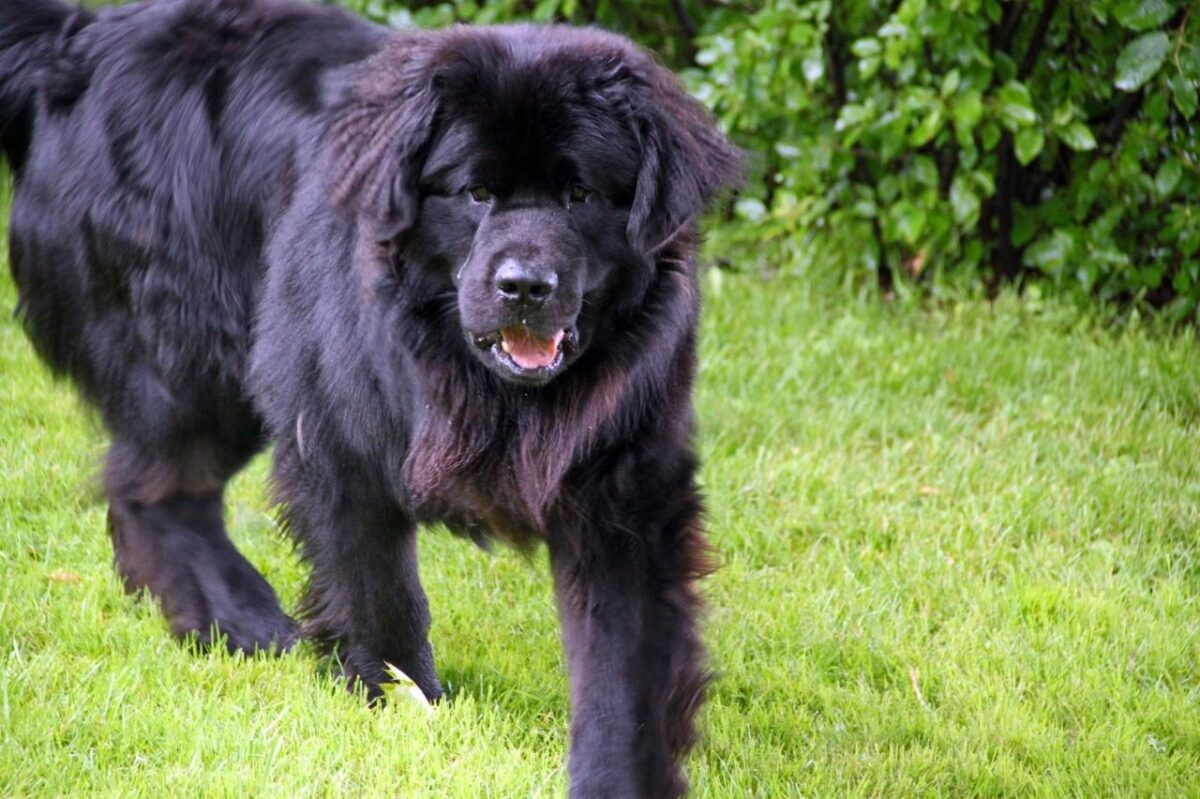 Shutterstock
Shutterstock
A favorite among seafarers and fishermen, the Newfoundland is a giant, gentle swimmer built for oceanic exploits. If Jacques Cousteau had a sidekick with paws, it’d be a wet, fluffy Newfie. These dogs are excellent swimmers, known for their lifesaving instincts and webbed feet that help them power through the water like a doggy motorboat. They’ve rescued people from drowning and pulled boats to shore while looking like floating bears. For an explorer of rivers, seas, and lakes, the Newfoundland would be your lifesaver—literally.
Rhodesian Ridgeback
 Shutterstock
Shutterstock
If David Livingstone had a Rhodesian Ridgeback while exploring the wilds of Africa, the lion might’ve thought twice. Originally bred to hunt lions in southern Africa, this sleek and fearless breed is about endurance, courage, and an uncanny ability to avoid getting eaten. With short coats suited to hot climates and a muscular frame built for long treks, Ridgebacks are tailor-made for desert and savannah expeditions. They’re fiercely loyal and independent—and they’ll guard your camp while you’re busy discovering waterfalls.
German Shepherd
 Shutterstock
Shutterstock
Sir Edmund Hillary probably would’ve welcomed a German Shepherd on his Everest trek—strong, trainable, and loyal to a fault, they’re like Swiss Army knives with tails. German Shepherds are used in search and rescue, police work, and even avalanche detection. They can scale steep paths, sniff out danger, and still pose heroically for your expedition photo album. They don’t just follow your lead—they anticipate it, sometimes better than your human teammates. Just be sure to let them carry some gear so they feel important. Trust us—they already know they are.
Labrador Retriever
 Shutterstock
Shutterstock
Christopher Columbus could’ve used a Labrador Retriever on deck—not only for fetching things he dropped overboard but for keeping morale high. Labs are cheerful, energetic, and always down for an adventure, whether it’s exploring the New World or diving into a swamp just for fun. Their water-resistant coats and powerful legs make them natural swimmers, and their people-pleasing nature ensures they never stray too far. They might not always understand the map, but they’ll always be excited to go wherever you point.
Norwegian Elkhound
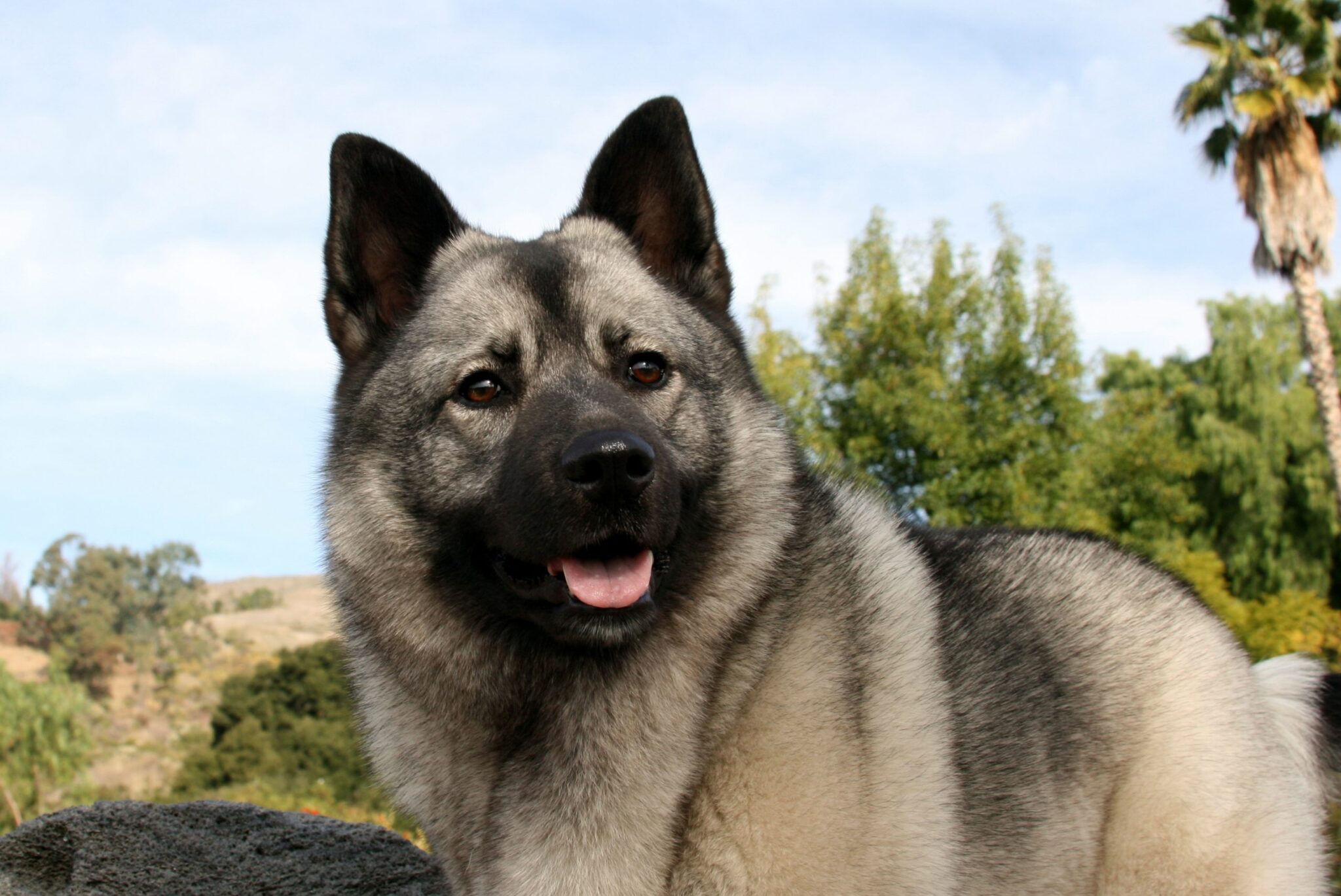 Shutterstock
Shutterstock
When your journey takes you deep into icy forests or treacherous mountain passes, the Norwegian Elkhound is your go-to furry sidekick. Originally bred by the Vikings (yes, actual Vikings) to hunt moose and guard homes, these dogs are built for the rugged wilderness. Their thick coats can handle Arctic chills, and their alert, independent nature makes them top-tier explorers in their own right. If you’re venturing into bear country or snowy landscapes, an Elkhound has the courage and stamina to keep pace—and the stubbornness to occasionally challenge your leadership. Classic explorer energy.
Jack Russell Terrier
 Shutterstock
Shutterstock
If Indiana Jones were real, he’d absolutely have a Jack Russell Terrier as his tomb-raiding companion. Small but fierce, these little dynamos are packed with energy, brains, and the determination to dig through just about anything. They’re fearless, endlessly curious, and surprisingly agile in the face of danger. Tight tunnels? Ancient ruins? Unstable rope bridges? The Jack Russell is already halfway across before you’ve even tied your boots. Just try to keep up—and don’t forget snacks, or they’ll steal yours.
That’s One Small Woof for Dog, One Giant Leap for Dogkind
 Shutterstock
Shutterstock
These intrepid tail-waggers born to be stamped in explorer history books alongside their famous human counterparts. From snow-stomping giants to jungle-sneaking geniuses, these breeds would’ve carried packs, swum rivers, guarded tents, and possibly licked the occasional ancient artifact. They’ve got grit, guts, and enough fur to survive any climate (except maybe your modern apartment AC). So next time you head off on an adventure—whether it’s summiting Everest or just finding your car in a crowded parking lot—remember, every explorer needs a loyal sidekick. Preferably one who doesn’t eat the compass.
 Toledo, United States.
Toledo, United States.
